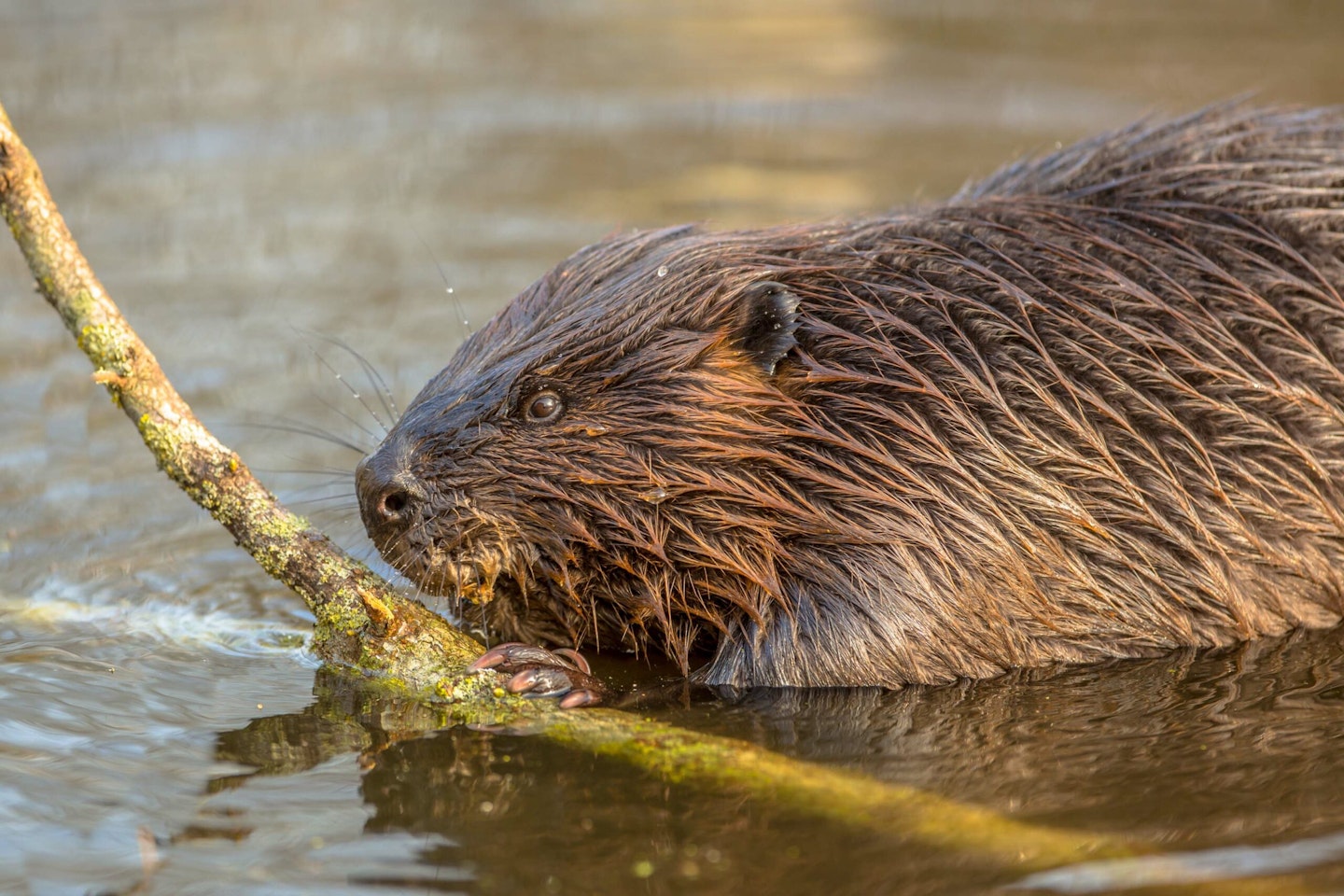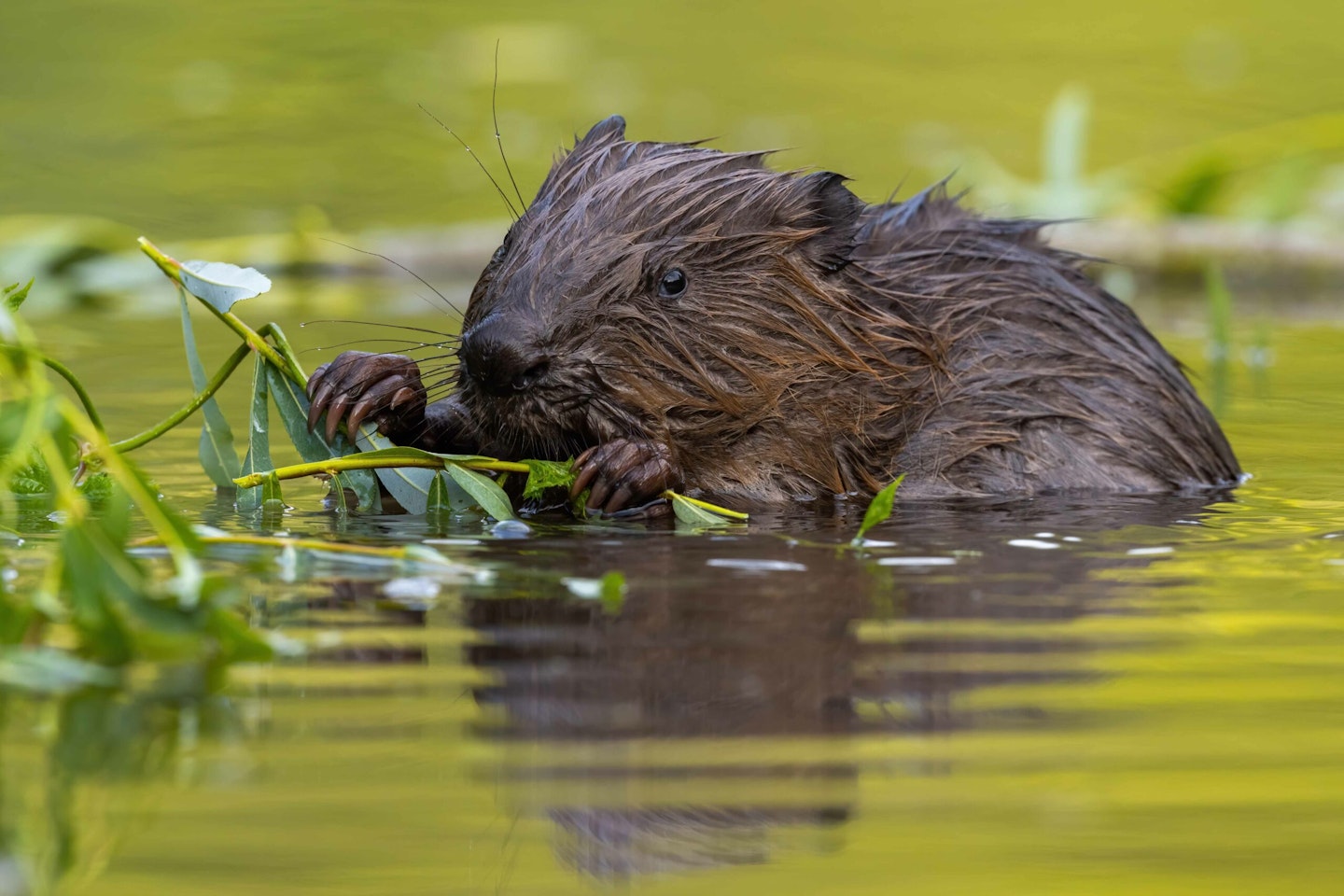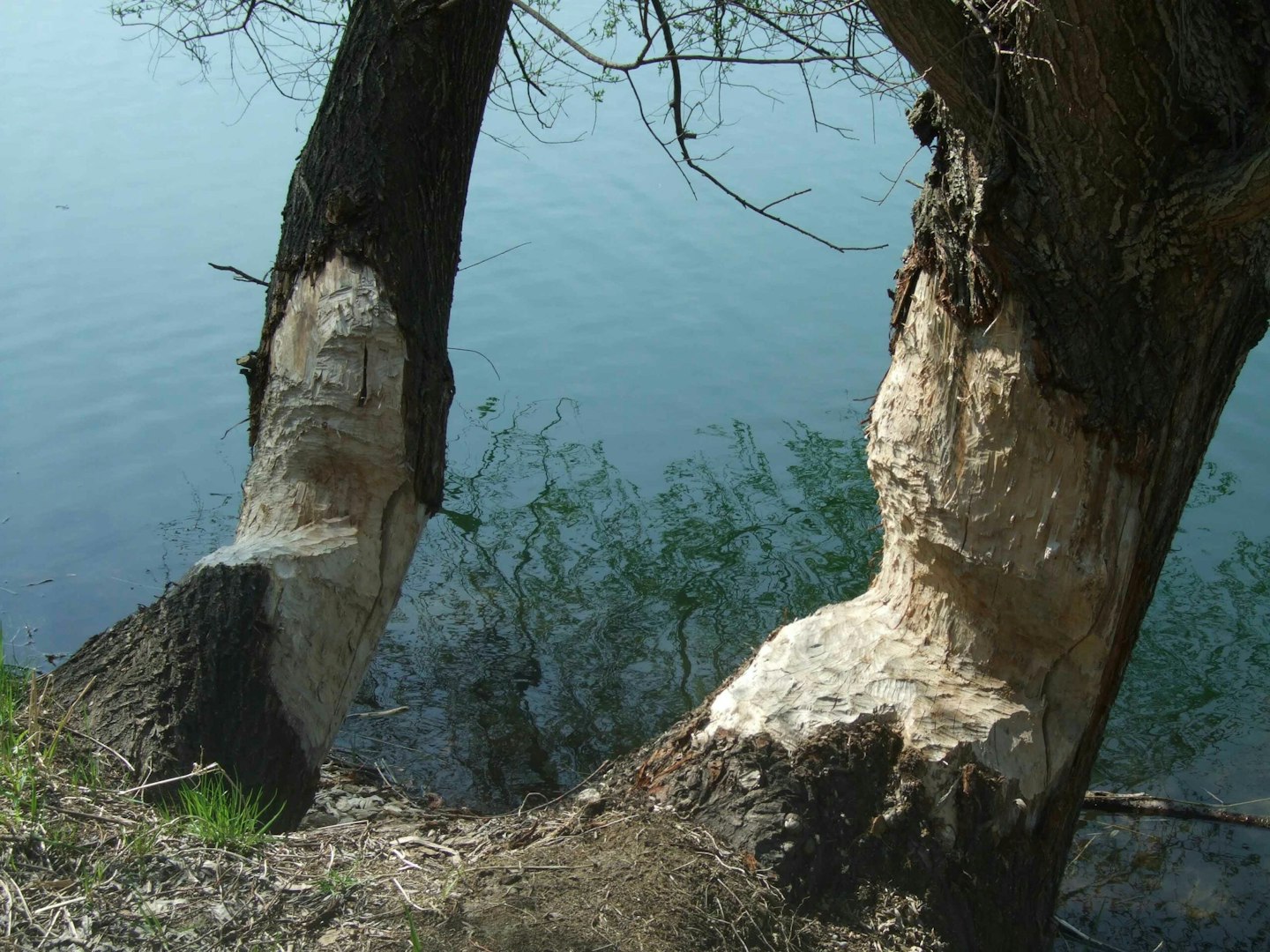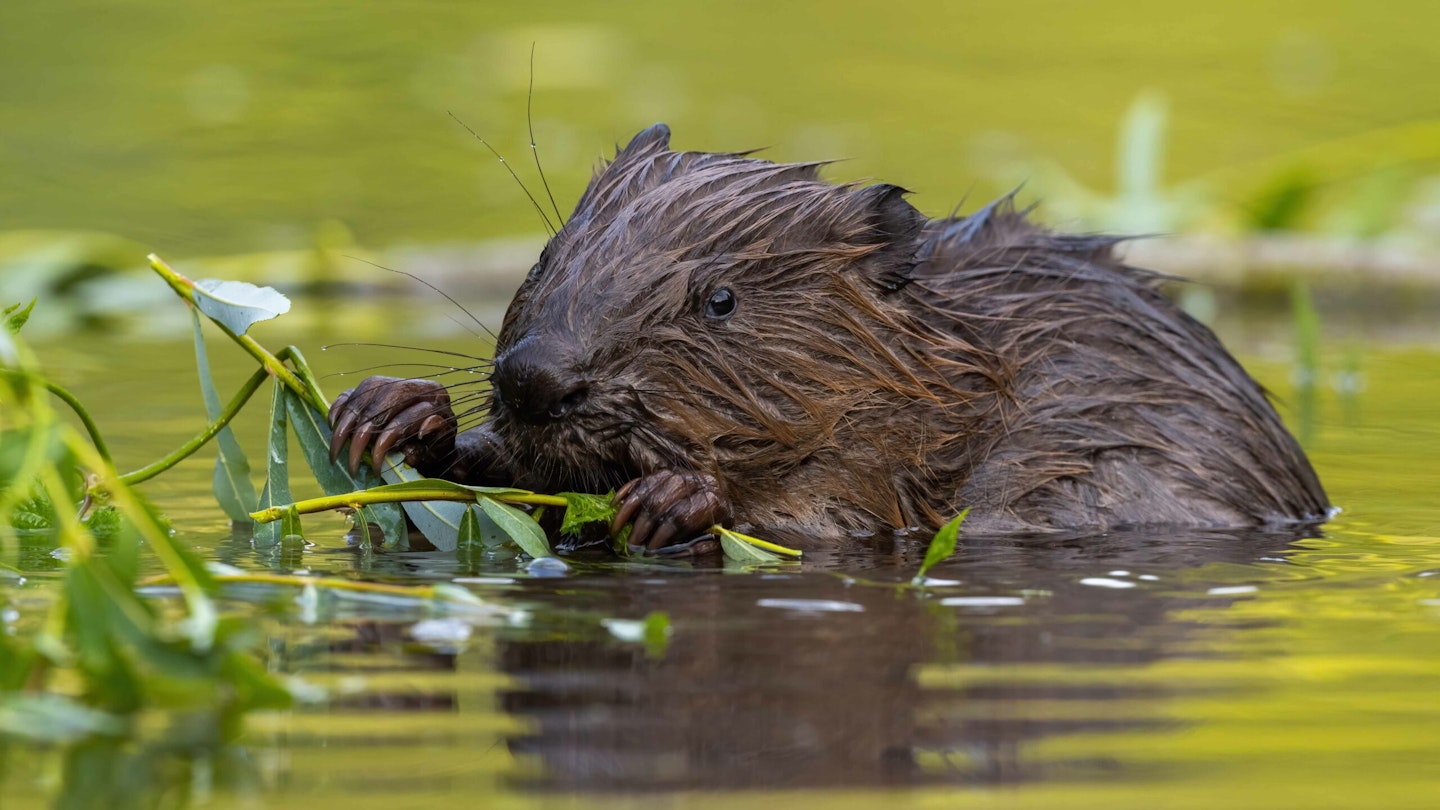Hailed as nature’s “river engineers”, beavers can help diversify habitats and mitigate flood risks. However, as the once-extinct species steadily gnaws its way back to nationwide revival, concerns go hand in hand with excitement.
Anglers and fisheries are being encouraged to look at a complex, nuanced picture, which could bring teething problems, quite literally, alongside major ecological benefits.
“Anglers should be excited”
Enthused by prospects for the keystone species’ return, the Beaver Trust is keen to allay anglers’ fears. “While beavers aren’t problem-free, anglers should be excited about their potential return to suitable rivers and lakes,” the Trust told Angling Times.
“Problems can largely be mitigated using well-established techniques, and we must consider the many benefits to numerous species of fish, such as habitat creation, increased food supply and availability of refuge, improved water quality and a reduction in the risk of flooding and drought.”
The Beaver Trust mentions fish specifically in its approach, citing studies from Scotland, Norway and North America, where impacts have been positive on steelhead, salmon and other fish. Evidence shows that thriving beaver populations can boost natural food, cover and survival rates for fish of all sizes.
Back at home, British ecologists have also stressed the value of beavers in restoring England’s heavily man-altered and flood-prone landscape to more natural wetlands, which could be of huge benefit to fish and wildlife in general.

Angling Trust urges caution
With opinion mixed in the fishing world, the Angling Trust takes a cautious view on beavers, stating that while it “recognises benefits derived from their reintroductions,” concerns remain, given the “perilous state of fish stocks” such as salmon, along with potentially costly knock-on effects for fisheries. The Angling Trust’s Head of Fisheries, Mark Owen, told us that the Trust’s earlier response (which can be found at anglingtrust.net) still stands. It states that while the organisation is “not against the reintroduction of beavers”, this must be done sensitively, and with a “robust” system of management.
Particular concern revolves around existing fisheries and any measures needed to mitigate the impact of beavers. One key risk is to mature trees around fisheries, which could cause angling clubs an expensive headache. Another fear is that embanked waters such as canals and reservoirs could be breached, a concern echoed recently on the Grand Western Canal in Devon, where beavers are now spreading.
The Trust states that there has been no regard for “the ultimate number of beavers that would be manageable,” or any “detailed cost or benefit analysis”.
It also insists that there has been “insufficient evidence to fully evaluate the impact of beavers” in England thus far.
Mark Owen stressed the need for “robust” legislation from DEFRA, and a management framework to be put in place before any future releases are granted.
Key to this, the Angling Trust wants support for angling clubs and other groups who might be faced with costly measures to manage beaver impacts.
In response, the Beaver Trust said it would continue to work in partnership with anglers and other groups, and agreed that there needed to be “a centralised management framework which provides a level of funding and support for affected stakeholders.”
A full response to DEFRA’s nationwide consultation on beaver reintroductions is still awaited, after closing for comments in November 2021.

BEAVER IMPACTS
WINNING THE POOLS – By creating natural pools and backwaters, beavers slow flows and create deeper areas. While fish like perch and minnows thrive in slacks, other species including salmon may find new dams and silted areas problematic as they try to return to spawning gravels.
WOODY DEBRIS – The gnawing activities of beavers increase woody debris in rivers, which boosts bug life and fry survival. This could mean more food and predation defences for fish.
NATURAL FLOOD RELIEF – The dams and backwaters beavers create can provide natural solutions to flooding. Such means are far less destructive and expensive than manmade flood defences and the brutal bank clearances the EA has recently been criticised for. This could also be a great way to restore some of England’s disappearing wetlands, which young fish lack right across England.
SILT TRAPS & NEW WETLANDS – Dams could also help trap silt and pollutants, while experts claim such areas could offer carbon capture benefits in the fight against climate change.
TIMBER! – Beavers pose an obvious risk to trees at fisheries, including nearby stillwaters. Some dead standing wood can be beneficial to native insects and birds, but the fear is that larger trees can be “ringed”, leaving them unstable and dangerous. While protective measures in Europe have included sand painting or wire mesh on trunks, there’s huge debate about who deals with risks and pays the bills.
BURROWING INTO TROUBLE? – Another current worry is the risk that beavers could burrow into embanked waters such as canals or reservoirs, potentially causing serious breaches.

NEW BEAVER STRONGHOLDS
South West – A beaver trial began in 2015 on Devon’s River Otter, and in 2020 it was announced that the creatures could stay. They’ve since spread to the Culm Valley and Exe catchments. In 2017 they were introduced at Woodland Valley Farm, Cornwall, and in 2021 at an enclosed site in Dorset.
Wales – Last year beavers were released into Cors Dyfi Nature Reserve, with more introductions planned elsewhere.
London – Two beavers were recently introduced at Enfield’s Forty Hall Farm Two, marking a first in 400 years in the capital.
South East – A pair of beavers was released in the South Downs National Park in March 2021.
Scotland – Beavers are now widespread around the Tay catchment, with a population of roughly 1000. While welcomed by conservationists, landowners haven’t always been happy, citing damage to farmland and mature trees in particular. In some areas, beavers have been culled under licence as a result.
